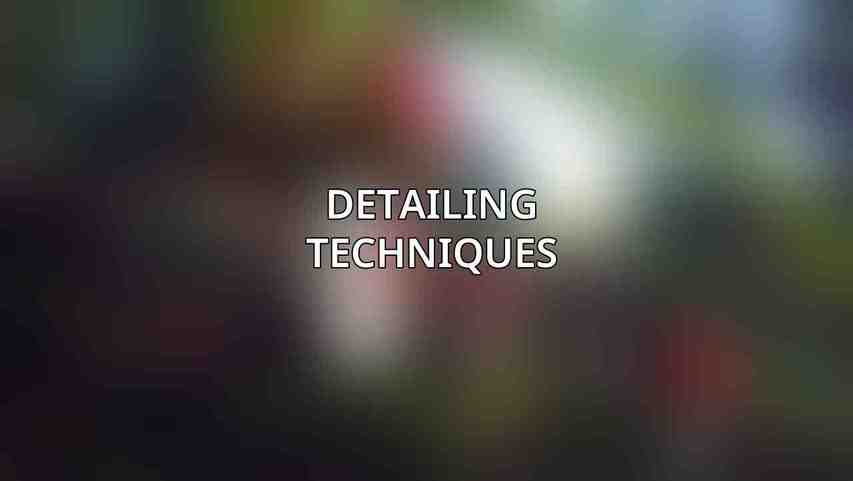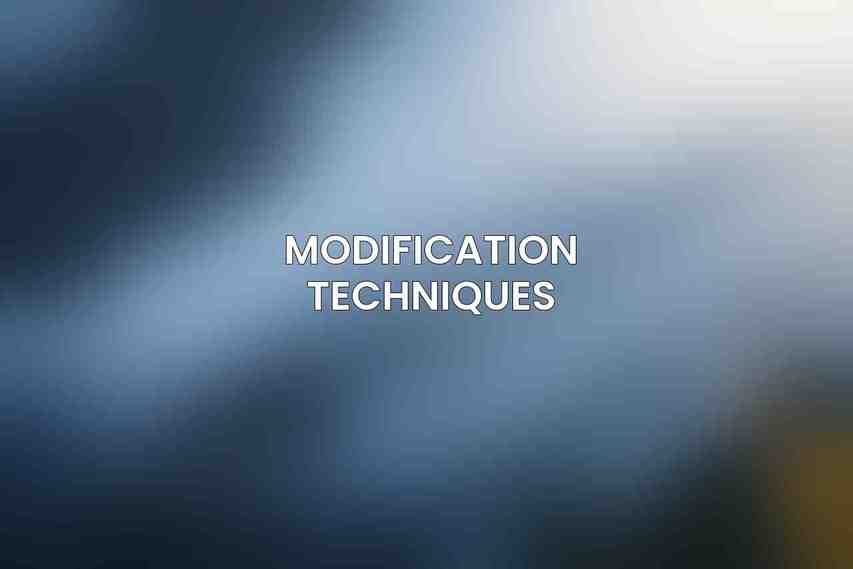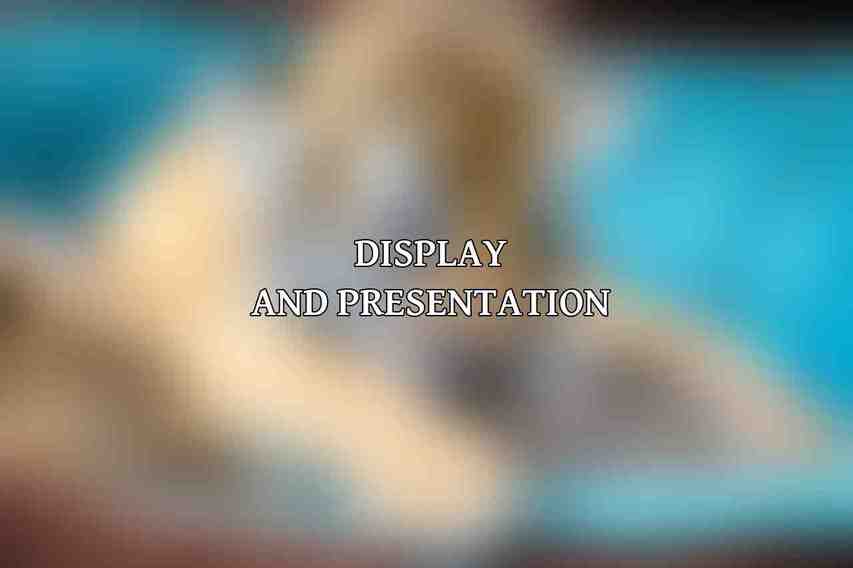Diecast model customization involves modifying and enhancing diecast models to create unique and personalized displays. Whether you’re a casual collector or a serious hobbyist, customizing diecast models allows you to showcase your creativity and attention to detail. From painting and detailing to modifications and presentation, there are endless possibilities to make your diecast models stand out.
Customizing diecast models comes with a variety of benefits. It allows you to express your individual style and preferences, turning generic models into one-of-a-kind pieces. Customization also provides a sense of accomplishment and satisfaction as you see your vision come to life. Additionally, personalized diecast models make great gifts for enthusiasts who appreciate the time and effort put into creating them.
To embark on your diecast customization journey, you’ll need a range of materials and tools. This includes paints (enamel, acrylic, lacquer), brushes, airbrush equipment (compressor, airbrush gun), masking tape, clear coats, polishing compounds, decals, photo etching materials, modeling putty, cutting tools, and more. Having the right tools from the start will make the customization process smoother and more enjoyable.
| Feature | Information | Link | |||||||||||||||||||||||||||||||||||||||||||||||||||||||||||||||||||||||||||||||||||||||||||||||||
|---|---|---|---|---|---|---|---|---|---|---|---|---|---|---|---|---|---|---|---|---|---|---|---|---|---|---|---|---|---|---|---|---|---|---|---|---|---|---|---|---|---|---|---|---|---|---|---|---|---|---|---|---|---|---|---|---|---|---|---|---|---|---|---|---|---|---|---|---|---|---|---|---|---|---|---|---|---|---|---|---|---|---|---|---|---|---|---|---|---|---|---|---|---|---|---|---|---|---|---|
| What is Diecast? | Diecast is a metal casting process that uses molten metal poured into a mold, creating highly detailed and durable models. | Diecast Models Wholesale | |||||||||||||||||||||||||||||||||||||||||||||||||||||||||||||||||||||||||||||||||||||||||||||||||
| Materials Used | Diecast models are primarily made from zinc alloy, which is both strong and resistant to corrosion. | Diecast Models Wholesale | |||||||||||||||||||||||||||||||||||||||||||||||||||||||||||||||||||||||||||||||||||||||||||||||||
| Scale | Diecast models come in various scales, such as 1:18, 1:24, and 1:64, representing the ratio of the model’s size to the actual vehicle. | Diecast Models Wholesale | |||||||||||||||||||||||||||||||||||||||||||||||||||||||||||||||||||||||||||||||||||||||||||||||||
| Detailing | Diecast models are known for their intricate detailing, accurately capturing the features and nuances of the real-life vehicles they represent. | Diecast Models Wholesale | |||||||||||||||||||||||||||||||||||||||||||||||||||||||||||||||||||||||||||||||||||||||||||||||||
| Collectability | Diecast models are popular collectibles due to their historical significance, limited editions, and the nostalgia they evoke. | Diecast Models Wholesale | |||||||||||||||||||||||||||||||||||||||||||||||||||||||||||||||||||||||||||||||||||||||||||||||||
| Customization Options | Diecast models can be customized through painting, detailing, and modification to create unique and personalized versions. | Diecast Models Wholesale | |||||||||||||||||||||||||||||||||||||||||||||||||||||||||||||||||||||||||||||||||||||||||||||||||
| Visit Diecast | |||||||||||||||||||||||||||||||||||||||||||||||||||||||||||||||||||||||||||||||||||||||||||||||||||
Painting Techniques
A. Preparing the Model
Before painting your diecast model, proper preparation is essential. This involves cleaning the model to remove any dust, dirt, or oils that could affect the paint’s adhesion. Degreasing the surface ensures a smooth finish. Additionally, masking off areas you don’t want to paint is crucial for achieving clean lines and precise details.
B. Choosing the Right Paint
Selecting the appropriate paint for your diecast model is crucial. Different types of paint, such as enamel, acrylic, and lacquer, offer various finishes and properties. Color matching is also important for recreating specific paint schemes. Reference photos and color charts can help you accurately match colors for a realistic look.
C. Painting Methods
When it comes to painting diecast models, two primary methods are commonly used: airbrushing and hand painting.
- Airbrushing: Airbrushing provides a smooth, professional finish. Equip yourself with a compressor, airbrush gun, paints suited for airbrushing, and learn techniques like base coating, shading, and weathering.
- Hand Painting: For intricate details, hand painting is preferred. Different brush types and sizes are used for various effects. Mastering brush control and stroke techniques is key to achieving precision.
D. Finishing the Paint Job
After painting your diecast model, applying a clear coat protects the paint and gives it a glossy finish. Polishing the model gently removes any imperfections and enhances the shine of the paint, giving your model a showroom-quality appearance.
Detailing Techniques

A. Adding Decals and Stickers
Enhance the realism of your diecast model by applying decals and stickers. Different types, such as water slide, dry transfer, and vinyl decals, offer varying application methods. Using tweezers, water, and setting solutions ensures decals are accurately placed and sealed.
B. Photo Etching
Photo etching allows for intricate detailing on your diecast model. Using materials like brass or stainless steel and tools like etching solutions and photo resist, you can create custom photo-etched parts to add fine details to your model.
C. Scratch Building
For truly unique customization, consider scratch building custom parts using materials like plastic, metal, or resin. Techniques such as cutting, shaping, and molding let you create bespoke elements tailored to your specific design vision.
D. Weathering
To add realism and depth to your diecast model, explore weathering techniques. Dry brushing, washes, and weathering powders can simulate effects like rust, dirt, and scratches, giving your model an authentic, aged appearance.
Modification Techniques

A. Suspension and Wheels
Customize your diecast model by modifying its suspension and wheels. Lower or raise the suspension to alter the stance of the vehicle, and replace wheels and tires for a personalized look.
B. Engine and Drivetrain
Make under-the-hood modifications by swapping engines or modifying exhaust systems. These changes can enhance the overall realism and performance of your diecast model.
C. Body Modifications
Personalize the body of your diecast model by adding spoilers, wings, or widening arches. These modifications can give your model a sportier or more aggressive appearance. If you’re looking for rare and unique diecast models to work with, consider checking out Diecast Models Wholesale for a wide selection of options.
D. Lighting and Electronics
Incorporate lighting elements into your diecast model by adding headlights, taillights, or interior lighting. Advanced enthusiasts can even install sound systems to bring their models to life with realistic audio effects.
Display and Presentation

A. Creating Custom Display Cases
Showcase your customized diecast models in custom display cases designed to complement and protect your creations. Personalized display cases can elevate the presentation of your models and provide a dedicated space to admire your work.
B. Using Dioramas
Enhance the visual storytelling of your diecast models by placing them in dioramas. Dioramas create immersive scenes that contextualize your models and add depth to their presentation.
C. Photography Techniques
Capture the beauty of your customized diecast models through photography. Explore lighting, angles, and composition techniques to create striking images that highlight the details and craftsmanship of your models.
Customizing diecast models is a rewarding and creative hobby that allows enthusiasts to personalize their collections and express their passion for scale modeling. By mastering painting, detailing, modification, and presentation techniques, you can elevate your diecast models to a new level of artistry. As you embark on your customization journey, remember to draw inspiration from your surroundings and fellow hobbyists, and explore resources such as online forums, magazines, and books to expand your knowledge and skills in diecast model customization. With dedication and practice, you can turn ordinary diecast models into extraordinary works of art.
Frequently Asked Questions
How do I choose the right diecast model to customize?
When choosing a diecast model to customize, consider the level of detail, size, and type of vehicle that best aligns with your interests and skill level.
What tools and materials do I need to customize a diecast model?
Basic tools and materials you may need include paint, brushes, masking tape, sandpaper, primer, clear coat, and small detailing brushes. Specialized tools such as airbrushes may also be beneficial for more intricate designs.
Can I repaint my diecast model without stripping the existing paint?
While it is possible to repaint a diecast model without completely stripping the existing paint, it is recommended to strip the paint to ensure the new paint adheres properly and results in a smoother finish.
How can I add decals and details to my customized diecast model?
Decals can be applied using special decal setting solutions that help the decals conform to the model’s surface. Details such as headlights, taillights, and trim can be added using paint, decals, or aftermarket accessories.
Is it necessary to seal my customized diecast model with a clear coat?
Applying a clear coat to your customized diecast model helps protect the paint from chipping, fading, and general wear and tear. It also adds a glossy finish and enhances the overall look of the model.

